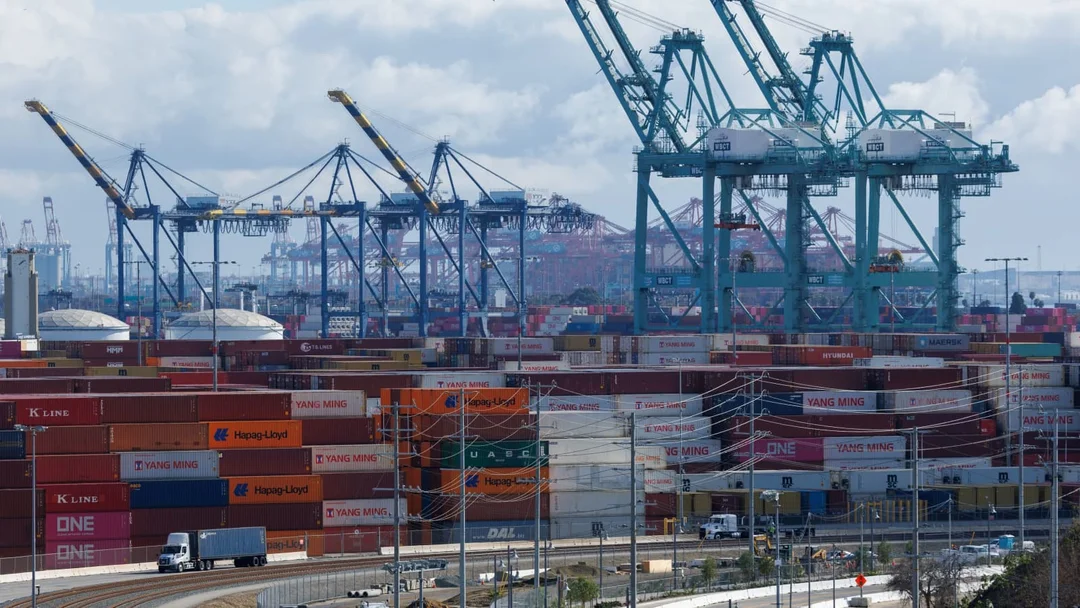
Trump Stands Firm on 104% China Tariff Amid Trade War Tensions
The White House has firmly stated that former President Donald Trump will not back down from his proposed 104% tariff on Chinese goods, escalating tensions in the ongoing trade war with China. This announcement comes as part of Trump's broader strategy to address what he perceives as unfair trade practices by China, a move that has stirred significant debate and analysis across various platforms.
Analysts have been closely watching China's response to these tariffs, with many suggesting that Beijing is preparing countermeasures that could further complicate U.S.-China trade relations. The proposed tariff, significantly higher than previous rates, is seen as a bold move to pressure China into negotiations, though it risks retaliatory actions that could impact global trade dynamics.
The decision has sparked a flurry of political and economic discussions, with experts weighing the potential impacts on both the U.S. and global economies. As the situation develops, the international community remains on edge, monitoring how these high-stakes negotiations will unfold and affect worldwide trade policies.
Related issues news
What tariffs did China impose on us?
April 2: Ministry of Commerce of China responded by imposing tariffs on 128 products it imports from America, including applying a 25% tariff to aluminium, airplanes, cars, pork, and soybeans, as well as applying a 15% tariff to fruit, nuts, and steel piping.
Does China have tariffs?
China Customs assesses and collects tariffs. Import tariff rates are divided into six categories: general rates, most-favored-nation (MFN) rates, agreement rates, preferential rates, tariff rate quota rates, and provisional rates. As a member of the WTO, imports from the United States are assessed at the MFN rate.
Does Ukraine have tariffs?
Ukraine imposes several duties and taxes on imported goods: customs/import tariffs, value-added tax (VAT), and excise duties.
When did tariffs begin?
Tariffs and excise taxes were authorized by the United States Constitution and recommended by the first United States Secretary of the Treasury, Alexander Hamilton in 1789 to tax foreign imports and set up low excise taxes on whiskey and a few other products to provide the Federal Government with enough money to pay ...